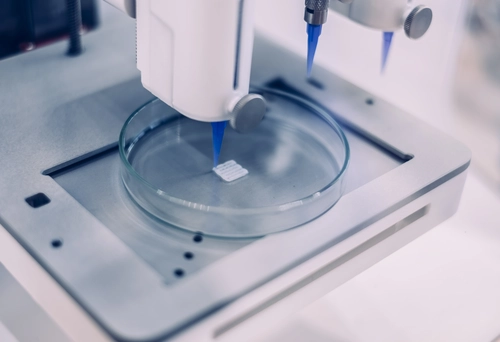December 25, 2023

3D printing has made significant strides, from creating objects for industry and entertainment to manufacturing living tissues and organs. 3D bioprinting is an innovative technique that combines advances in bioengineering with 3D printing to create complex biological structures, promising to revolutionize regenerative medicine and medical research.
3D bioprinting is a technique that uses specialized printers to create three-dimensional structures using biomaterials and living cells. Similar to conventional 3D printing, bioprinting deposits layers of materials that can include cells, proteins, and other biological components.
3D bioprinting offers the potential to create customized tissues and organs that can be used for transplants, tissue regeneration, and pharmacological studies.
With the ability to print tissues and organs to fit specific needs, this technology could alleviate organ shortages for transplants and reduce dependence on donors.
The ability to print biological structures could provide more precise models for testing drugs and therapies, accelerating pharmaceutical development.
Despite its revolutionary potential, 3D bioprinting faces technical, regulatory, and ethical challenges. Ensuring precise printing of complex structures, maintaining cell viability, and overcoming immunological barriers are critical aspects to address.
As technical, regulatory, and ethical challenges are overcome, its transformative potential becomes increasingly evident.